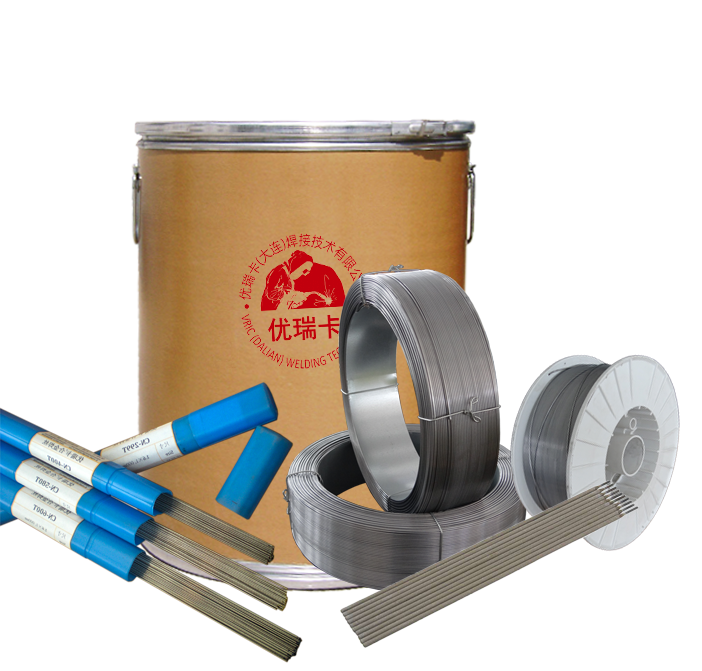Designation | Hardness after welding(HRC) | Application and performance |
| 8715 | 15-20 | It is suitable for repairing the wear, crack, fracture and other damage and defects of forging machinery and equipment components, such as hammer head, sliding block, guide rail, dovetail, frame, chuck, column, die base, etc |
| 8725 | 20-25 | It has excellent impact toughness, high tensile strength and crack resistance. It is applicable to the welding repair of deep cracks in the cavity, as well as the bottom cladding and transition layer cladding of the cavity under severe impact |
| 8735 | 33-38 | It belongs to chromium, nickel, molybdenum and other alloy materials, with high tensile strength and good impact toughness. It is suitable for the bottom welding repair of general forging dies during overall cladding, especially for the welding of cracks at the bottom of hammer forging dies and the bottom welding repair of large press dies. It is also commonly used for the maintenance of transition layers and forging equipment (die bases, anvils) that need a certain hardness |
| 8845 | 44-48 | It is the best choice for hammer forging dies with severe impact, deep cavity, complex shape and sharp corners, including local or overall cladding of cavity and side bridge, and can also be used as the transition layer of materials with higher cladding hardness. It has a quite prominent performance in the use of roll forging dies after welding, and greatly extends the service life of dies |
| 8850 | 47-52 | Welding materials containing chromium, molybdenum and vanadium alloys are suitable for the overall cladding and local repair of press dies and hammer forging dies with high wear, high temperature, moderate cavity depth, moderate impact and simple shape. They are also very suitable for the filling and repair of forging dies of aluminum, titanium, magnesium and other forgings |
| 8943 | 38-42 | With high tensile strength, good impact toughness and wear resistance, it is suitable for the overall cladding of forging dies as the bottom wear-resistant welding maintenance |
| 8945 | 43-48 | It is applicable to the overall cladding repair of press dies with complex cavities, and can also be used as the transitional cladding of welding materials with higher grades above cn655 |
| 8951 | 48-53 | It is a wear-resistant welding material containing chromium, molybdenum, tungsten and vanadium alloys. It is suitable for cladding of die cavities and bridges of various presses. It has better wear resistance than cn650, can withstand moderate impact, and has better fatigue resistance and cracking resistance |
| 8952 | 50-55 | It is the best choice for press dies with moderate cavity depth, simple shape, high temperature, serious wear and high output, including local or overall cladding of cavity, side bridge and chute. It is also used for hot shear dies and trimming dies. At the same time, it is also widely used in the welding repair of warm forging dies |
| 8955 | 52-57 | Welding materials containing high chromium and tungsten alloys have excellent high-temperature hardness and super wear resistance. They are suitable for pressure machine molds with simple shape and shallow cavity, especially for cladding of small friction press molds |
| 8957 | 53-58 | With excellent high-temperature red hardness, it is suitable for serious wear, shallow and simple press dies, and also commonly used in thermal shear dies, trimming dies, extrusion dies, etc |
